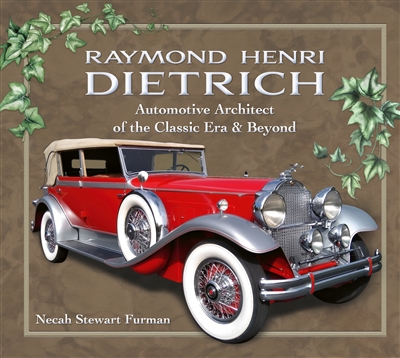
Raymond Henri Dietrich: Automotive Architect of the Classic Era & Beyond
|
|
|

|
|
|
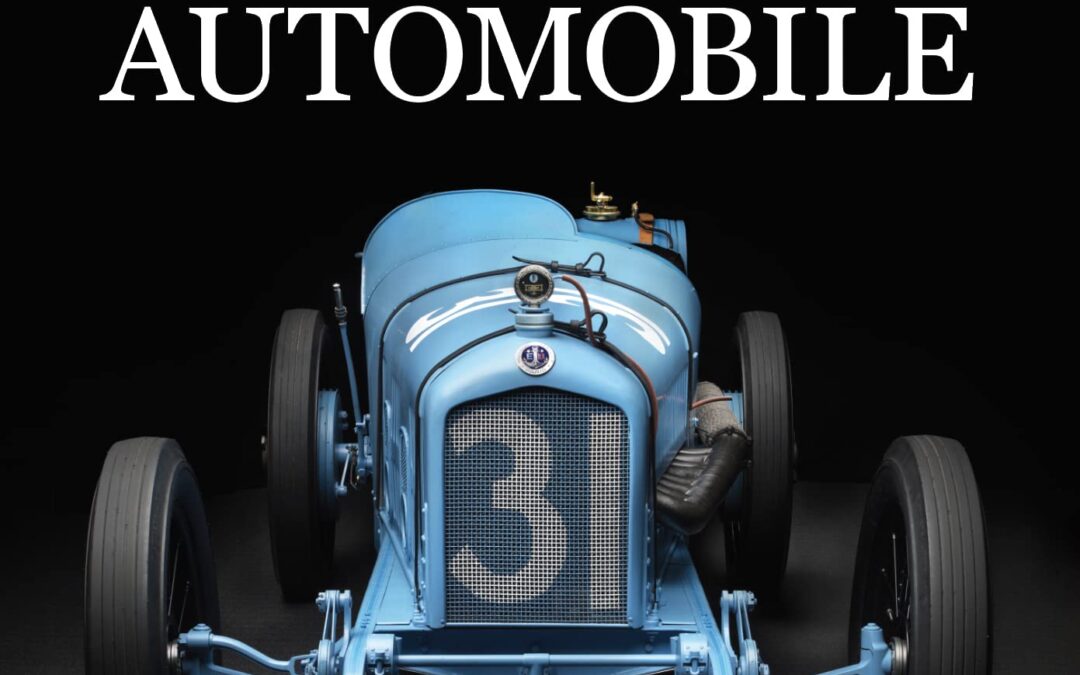
In the last one hundred years, cars have shaped our lives. Other everyday cultural artifacts, such as watches, telephones, musical instruments, and televisions, have certainly had influence, but the car is by far the most significant. Now, change is coming for the car, as it is for so many other industrial artifacts. Once, cars were distinct machines. Now, they are evolving into multifunctional digital devices. New fuels, new modes of travel, and new technologies are disrupting the traditional role of the much-loved family car.
What is to become of this material legacy? Should we really let go of it? Without memory, personal and shared, we lose our way, our individuality, and our culture. This proposition is at the heart of The Archaeological Automobile.
Miles C. Collier’s landmark approach uses an “archaeological mindset” to interpret the automobile as a cultural artifact in six themes:
The Development of the Automobile describes how the car emerged from a pressing human need for mobility, tracing our relationship with horses, our invention of the bicycle, and how we turned our backs on both as daily transport for the allure of the car.
The Rise of the Collectible Automobile asks how and why ratty relics decaying in recycling yards can become valuable and treasured collectibles. It reveals the effect of cultural influences on our perception of cars and on the dynamics of the collector car market.
The Archaeological Mindset picks up a wrench, gets into the workshop, and tracks the restoration of a 1919 Ballot Indy car using hands-on experience and background research while deploying the “archaeological imagination.” The archaeological clues are in the detail.
Collecting and the Archaeological Automobile deals with the characteristics of collecting. Why do we accumulate “stuff”? Is it greed? Is it passion? Is it a desire for legacy? And what makes a “good” collection? Is it bling? Is it style? Is it material worth? The answer lies in connoisseurship.
Restoring the Archaeological Automobile debates the merits of diverse restoration strategies and the reasoning behind them, including the tricky question of how to repaint the tilt-front nose of a 1964 Alfa Romeo GTZ racing car and still preserve the evidence of forty years of accumulated sandblasting and chipping.
The Archaeological Automobile of the Future is a call to action. Cars as we know them are customarily trashed, government regulations encourage indifference, and the skills and knowledge associated with fixing them are slowly vanishing as we lose older generations of experienced craftsmen. How can we preserve humanity’s treasure trove of automotive knowledge for generations to come?
Filled with engaging stories and practical examples, this is a handbook of the most thoughtful practices, not just for automobile owners and the historical car industry, but for collectors, professionals, and users of all kinds of industrial era artifacts.
The Archaeological Automobile combines scholarship, pertinent anecdotes, style, and experience to provide a stimulating account of why we should all be archaeologists now.
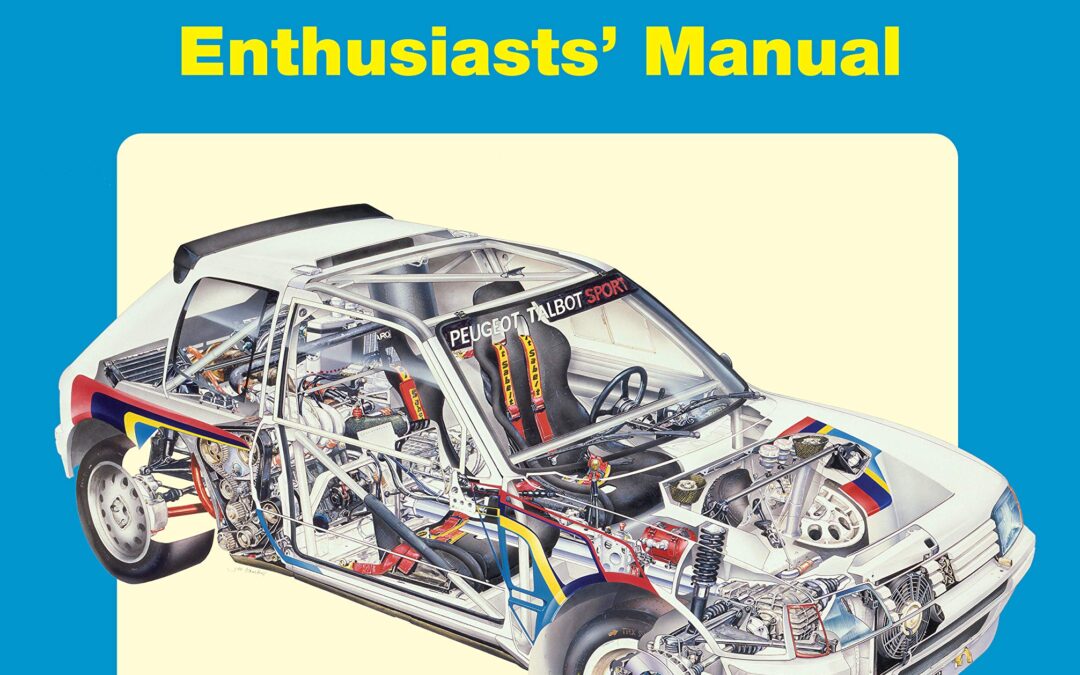
The Peugeot 205 T16 is the legendary Group B turbocharged four-wheel-drive rally car produced by Peugeot between 1984 and 1986. Between 1984 and 1986, 205 T16s won 16 World Championship rallies in the hands of Ari Vatanen, Timo Salonen, Juha Kankkunen and Bruno Saby, and lifted both the manufacturers’ and drivers’ titles in 1985 and 1986 in the hands of Timon Salonen and Juha Kankkunen, respectively, against strong opposition from Audi, Lancia, Ford and Austin-Rover.
The car was used to extraordinary effect by Peugeot as a marketing tool for the 205 road car, and the project lifted Peugeot to become a mainstream manufacturer to rival the established brands worldwide. The original 205 T16 appeared on the rally stages in 1984, while the revised ‘E2’ was introduced partway through 1985. The ‘E2’ incorporated various revisions raising power output to 550bhp.
After the cancellation of Group B at the end of 1986, Peugeot modified three 205 T16 cars to compete in the famous Pikes Peak Hillclimb, and later cars were modified to compete in the Paris-Dakar rally, winning in 1987 and 1988. The car also formed the basis of the ‘405 T16’, which won the Paris-Daker for Peugeot in 1989 and 1990.
Today, the appearance of 205 T16s is always eagerly anticipated at historic rally events, and motorsport retrospectives such as the Goodwood Festival of Speed.
Peugeot 205 T16 Group B Rally Car Enthusiast’s Manual chronicles the design, anatomy and operation of the 205 T16, with input from many of the drivers and engineers involved.
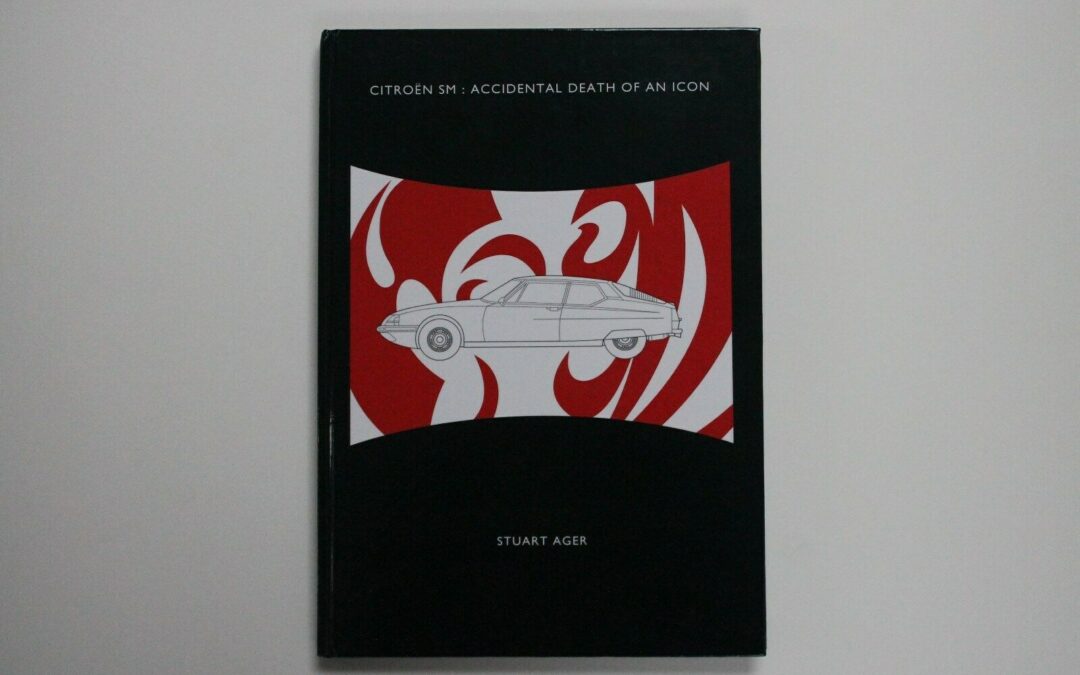
Many books have been written about the Citroen SM, detailing its development, documenting its technological excesses but dodging the circumstances of its demise. How could the most advanced car of its generation be abandoned by its maker, barely four years after its introduction?
Without a satisfactory answer, I began my own investigation. What I uncovered was not at all what I expected. Some of it made me laugh out loud, some of it made me bury my head in my hands with despair, and some of it I found truly shocking. Above all, it was very different from the accepted version of events.”
A book full of original research which sheds new light on what happened to the SM – and what happened to Citroen.
176 pages and richly illustrated in full colour with many specially commissioned images.
Reviewed in Octane Magazine June 2020 by Mark Dixon: “Bonkers but brilliant”
Comments from a few of the first purchasers of the book:
“Bravo! Its awesome”
“It has pride of place on the bookshelf”
“Refreshingly different – superb design & a fascinating read”
“This book is stunning. Well written and my goodness the presentation is brilliant”
“Thank you for the unusual and delightful moments of pleasure whilst reading your book”
“I am so pleased you wrote it. It feels like something that would never have been told otherwise”
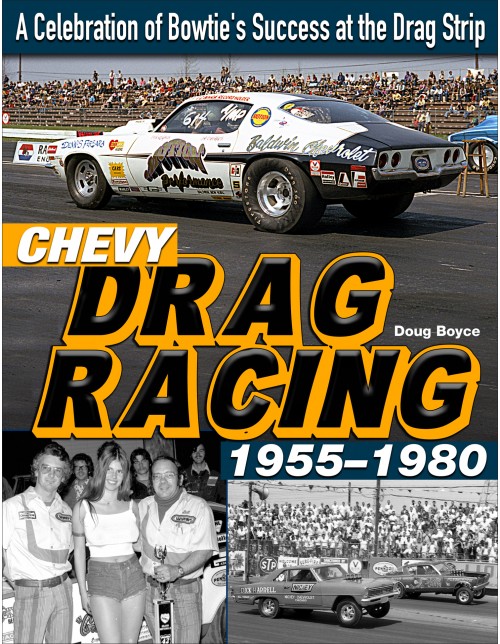
Relive the glorious first 25 years of Chevy drag racing in this comprehensive and nostalgic history.
With the introduction of Chevy’s OHV V-8 in 1955, the brand’s domination on the drag strip immediately snowballed. Drag racers loved the compact V-8. It was lightweight, revved high, and responded like no other engine previously produced. Chevy saw a record year in sales in 1955, thanks to a combination of a restyled body and the new mill. It was the age of ingenuity, and those who could get their hands on the new engine were swapping it into engine bays that once housed other weaker mills. Ford’s flathead, one that had dominated for so long, was rendered obsolete almost overnight.
Chevy had a winner and dominated the sales charts for years to come. Aftermarket manufacturers got on board and offered all the go-fast goodies needed to make Chevy a winner, no matter what category they ran. From Dragsters to Stock, Chevy’s success was immediate. And it was a long-term success, thanks to a combination of years of great styling and a vast array of driveline combinations.
Accomplished racing author Doug Boyce takes a celebratory look at those years of success, with a focus on the first 25 years (1955 through 1980). Chevrolets gave rise to such stars as Bill Grumpy Jenkins, Jungle Jim Liberman, Sneaky Pete Robinson, “Dyno Don” Nicholson, Sox & Martin, Dick Harrell, Dave Strickler, and many more. World champs and fan favorites all drove Chevys. The success showed in the record books. No brand has won more races and events or has set more national records than Chevrolet. And unlike the other manufacturers, Ford and Chrysler, it was done with little to no factory support.
Whether you are a hardcore Chevy fan or just love catching up on the history of drag racing during the golden age, this nostalgic look at Chevy racing history is sure to entertain for hours on end.
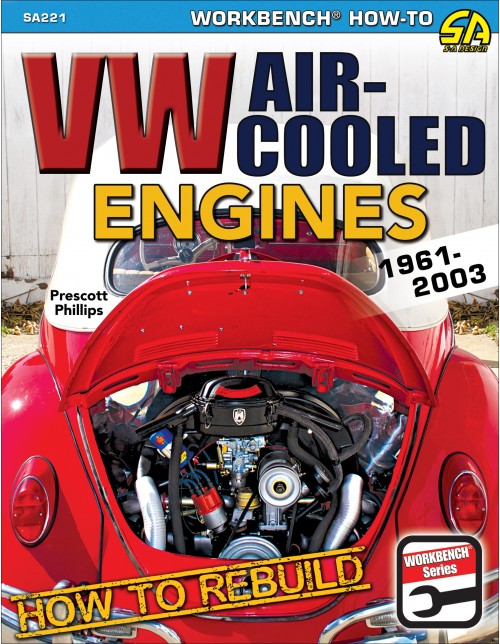
Rebuild your Volkswagen’s air-cooled engine with confidence and get your beloved boxer back on the road.
How to Rebuild VW Air-Cooled Engines: 1961-2003 offers beautiful color photos with insightful step-by-step captions for expertly rebuilding Volkswagen air-cooled engines and provides in-depth, hands-on information for disassembly, inspection, machining, parts selection, preassembly, final assembly, installation, and tuning.
Not only are the procedures for rebuilding covered in depth but engine model types, identification codes, specifications, and details are also covered in a manner that allows the user to source a good later-model candidate for rebuilding and helps retrofit the modern engine designs into earlier chassis.
This resource focuses on the VW Type 1, 2, and 3 engines beginning in the year 1961, when a significant redesign improved the reliability, durability, and horsepower of the basic initial design. For more than 70 years, automotive enthusiasts and the public in general has embraced the VW air-cooled engine for its simplicity, its capacity to be modified, and its bulletproof reliability.
One of the most widely used and versatile internal combustion engines in the world, this engine has powered VW Beetles, Buses, Porsche 914s, off-road buggies and rails, formula race cars, and many other machines both on and off-road. From 1938 until 2003, more than 21 million Beetles equipped with an air-cooled rear-mounted engine were produced.
If you have any interest in reviving your old VW, or perhaps are researching the purchase of one, this handy guide will cover all the bases in bringing that old air-cooled powerplant back to life.
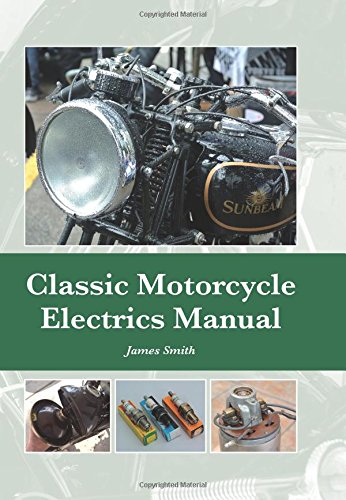
Even the most hands-on of classic bike enthusiasts will often shy away from working on their bike’s electrical system, believing they have neither the skill nor the knowledge for such work. Dr James Smith explains in Classic Motorcycle Electrics Manual that this need not be the case. Starting with basic electrical theory, the book demonstrates a wealth of electrical tips and techniques, providing a progressive and detailed guide to tasks ranging from simple repairs and upgrades, to completely rewiring a classic motorcycle. The book covers: Basic electrical theory
Correct usage of a multimeter
Comprehensive fault-finding techniques
Making good electrical connections
Fuses and circuit protection
Dynamo and alternator charging systems
Correct battery selection and maintenance
Improving lighting and installing LEDs
Selecting the right spark plug

Bentley is a brand that is rich in history but forward thinking and innovative. This is the company that created a Le Mans winner and a state limousine in the same year. Their 200 mph vehicles contain the handstitching of fine leather and of high glossed veneers from 80-year-old trees; as well as the latest in-car technologies. For Bentley there is no contradiction between supreme luxury and sheer exhilaration. This was James Bond’s first car, the record-setting ride of the Bentley Boys, the vision of founder W.O. Bentley– “a fast car, a good car, the best in its class”– and a vision that is still unfolding. Here is a grand tour through one of automotive’s truly distinctive brands. English/German/French/Russian/Chinese edition.
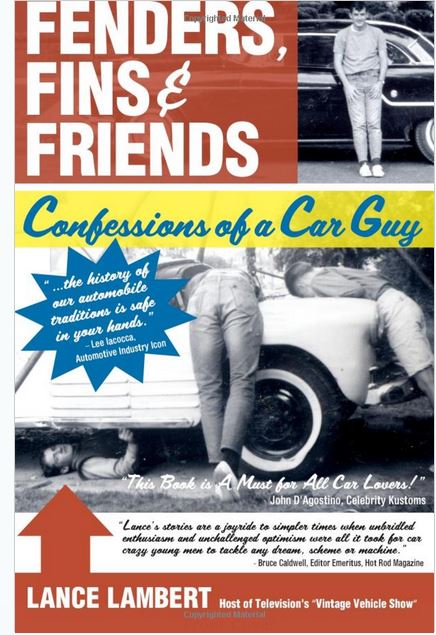
Every “car guy” has stories that elicit laughter, tears and admission of some bad choices.
Lance Lambert’s “Fenders, Fins & Friends: Confessions of a Car Guy” includes tales of riding in a 1939 ford as the steering wheel was removed and handed to him. Installing a siren in a 1955 Ford proved to be a bad decision. Putting five friends as far back as possible in a rock band’s van resulted in wheels stands and applause from admiring fans. Sitting in a 1949 Chevrolet while surrounded by five police cars and numerous guns pointed his direction caused some concern. “Fenders, Fins & Friends: Confessions of a Car Guy” reveals all that is good about the world of old cars and why being a Car Guy is the best way to enjoy life.
“…The history of our automobile traditions is safe in your hands.” Lee Iacocca, Automotive Industry Icon
“Lance’s stories are a joyride to simpler times when unbridled enthusiasm and unchallenged optimism were all it took for car crazy young men to tackle any dream, scheme or machine.” Bruce Caldwell, Editor Emeritus, Hot Rod Magazine
“Lance’s writings remind us of the sizzle that we were, or maybe could have been or wanted to be; his writings take us back to presumably simpler times of dreamy days, giving us peepholes back to the olden days. A great book from back in the day.” Don Weberg, Editor & Publisher, Garage Style Magazine
“Read this and you will gain insight into a down-to-earth soul, with a big heart, and an entertaining way of seeing the world.” Theresa Poalucci, Publisher, Journal Newspapers
“Lance’s humorous storytelling style makes you feel like you are sitting in the front seat with him as he drives you through his amazing ‘car guy’ life.” Sandy Scott, Director of Operations, Petersen Automotive Museum
“Lance Lambert is the Garrison Keillor of car stories. His nostalgic and chuckle worthy stories always put a smile on my face.” M.J. McDermott, KCPQ Television Reporter
“Lance is an amicable asset to the car world – at once a wealth of knowledge and history, an icon of automotive TV programming and a friendly ambassador to the industry for everyone from experienced gearheads to neophyte spectators. It is easy to see that Lance loves cars, and car people love Lance.” Heidi Van Horne, Automotive Reporter, Houston Chronicle
“…As a prolific writer, emcee and TV host, Lance is everybody’s ‘in the know’ and ‘go to’ car guy when they want the inside scoop. His stories are real and he has made it a point to document his adventures at every turn. His book is a ‘must read’ .” David Dickinson, Creator & Editor, “The Old Car Nut Book”
“This book is a ‘must read’ for all car lovers!” John D’Agostino, Celebrity Kustoms
“Compelling! ‘FENDERS, FINS & FRIENDS: Confessions of a car Guy’ provides a vivid and humorous look at 60 years of the memories of a true vintage vehicle legend. The vignettes are always evocative. A great read!” Kathleen Fullerton Bernhard, Ph.D., author of “The Invisible Woman”